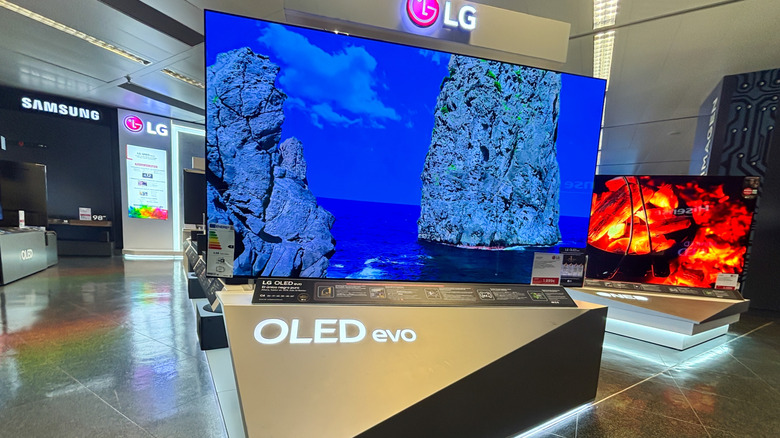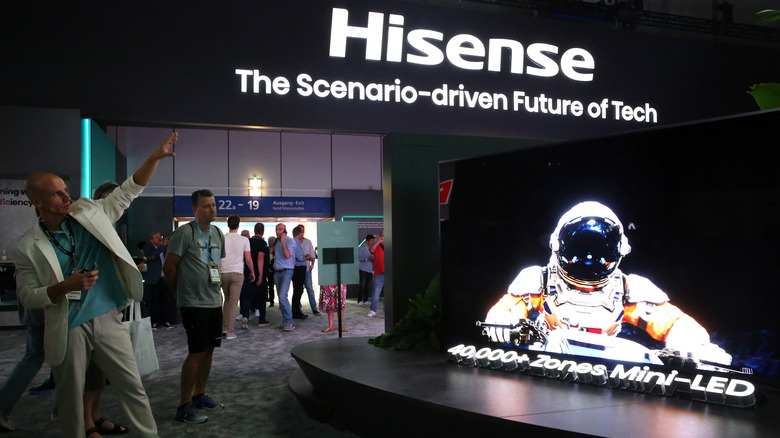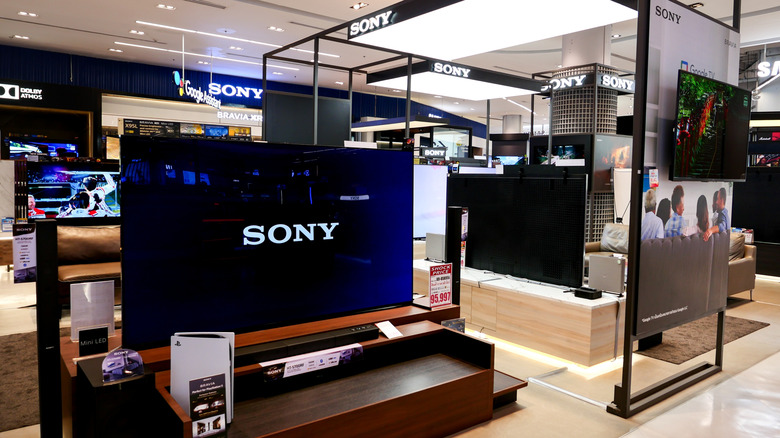OLED Vs Mini LED: Which TV Tech Offers Better Image Quality?
OLED (Organic Light Emitting Diode) and Mini LED represent two of the highest-end display technologies available today, but they work in fundamentally different ways. OLED panels are self-emissive; each pixel generates its own light and can be completely turned off. This gives OLED TVs perfect black levels, an "infinite" contrast ratio, and excellent color accuracy across the screen. Because there's no backlight, OLED is free of blooming or haloing around bright objects, which is common in backlit displays. Mini LED TVs, by contrast, are LCD panels lit by thousands of tiny LEDs grouped into local dimming zones. This design allows for much greater peak brightness than OLED, making Mini LED better suited for well-lit rooms and daytime viewing.
Mini LED's local dimming significantly improves black levels over standard LED TVs, but because the dimming is zone-based and not pixel-precise, it can't match OLED's absolute black depth. OLED's strengths shine in dark environments and for content with heavy shadow detail, while Mini LED's advantage comes in scenes requiring intense highlights or when combating glare. The choice comes down to your environment: OLED dominates for cinematic, low-light viewing, whereas Mini LED delivers the punch needed in bright, light-filled rooms.
Brightness, contrast, color, and motion performance
Brightness is where Mini LED clearly leads. High-end models can surpass 2,000 nits of peak brightness, ideal for HDR content in rooms with high ambient light. OLED TVs traditionally max out below 1,000 nits, though newer QD-OLED and MLA OLED models now reach 1,400–1,800 nits, narrowing the gap. Still, Mini LED remains more consistent in sustaining high brightness across larger portions of the screen. In contrast, performance, OLED remains unmatched; its per-pixel lighting achieves perfect blacks, whereas Mini LED's backlight, even with thousands of dimming zones, can still cause faint haloing and slightly lifted blacks in challenging scenes.
Color accuracy is excellent on both, but OLED maintains more consistency at wider viewing angles, while Mini LED color fidelity can drop off depending on whether the panel uses VA or IPS technology. Motion handling also favors OLED thanks to near-instant pixel response, producing cleaner motion in fast-paced games or action scenes. In HDR, OLED excels in shadow detail and midtone precision, while Mini LED delivers brighter highlights. The decision is less about which is objectively "better" and more about the balance between deep blacks and intense brightness you value most.
Durability, cost, and choosing the right technology
Beyond pure image quality, practical factors can sway the decision. OLED technology carries a risk of burn-in from static elements like game HUDs, news tickers, or desktop toolbars — that remain onscreen for long periods. Manufacturers have added mitigation features like pixel refresh and automatic brightness limiting, but the risk isn't zero. Mini LED panels, using inorganic LEDs for backlighting, are immune to burn-in, making them a safer long-term choice for heavy gaming or PC use. Cost also matters: Mini LED TVs generally cost less per inch than OLED, especially in larger sizes, while still offering premium performance. That makes them appealing to buyers wanting flagship brightness and strong contrast without the top-tier price tag.
On the other hand, OLED remains the gold standard for home theater enthusiasts watching in dim or dark rooms, delivering unrivaled contrast, rich shadow detail, and vibrant yet natural colors. In bright rooms, Mini LED's superior brightness and glare resistance can outweigh OLED's advantages. In gaming, OLED wins on response time and motion clarity, but Mini LED's resilience against burn-in is a big plus for marathon sessions.
Ultimately, OLED is the pick for pure cinematic image quality in controlled lighting, while Mini LED is the versatile workhorse for mixed-use spaces with varying light conditions. Both are excellent; your priorities in brightness, durability, budget, and viewing environment should guide the final choice.


